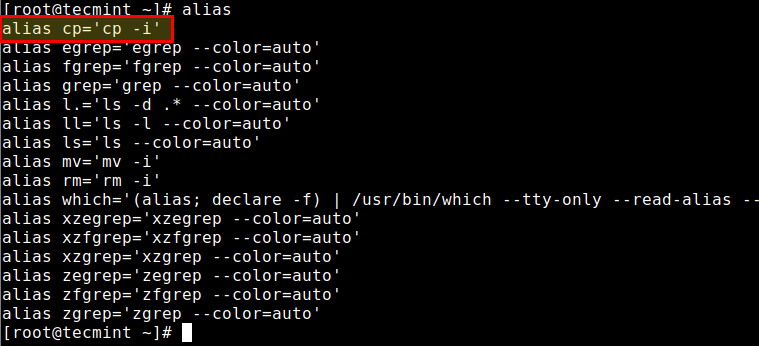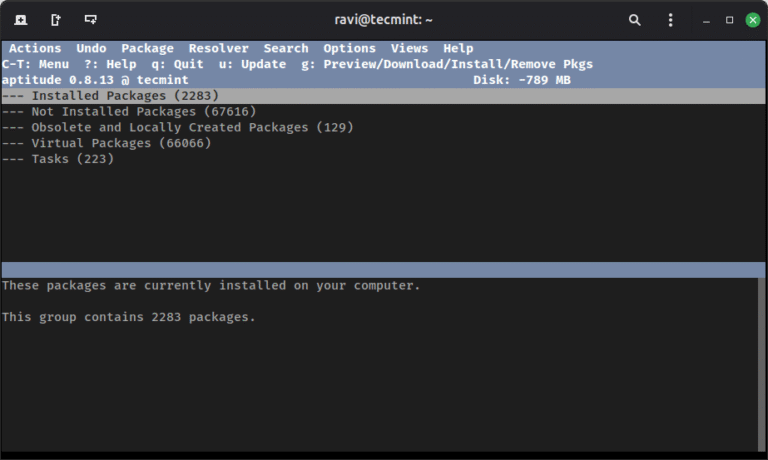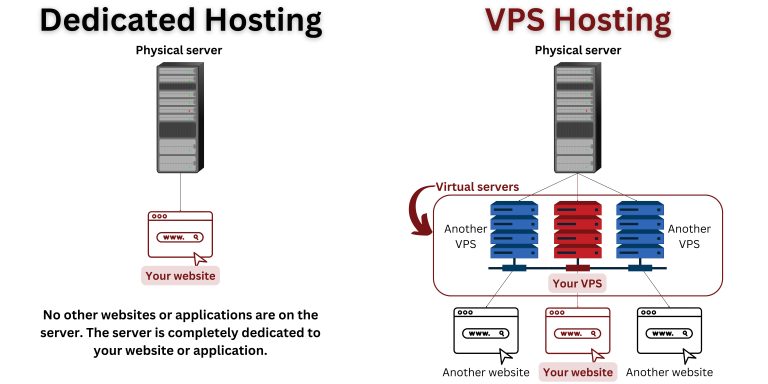Deciding where to host your business’s technology infrastructure can have an immense impact on your company’s trajectory. Picking the right environment can decrease your costs, lower maintenance expenses, improve responsiveness, provide better options for scaling, and more.
Most of the time today, businesses are trying to choose between hosting on a SaaS (Software-as-a-Service) cloud or an IaaS-like (Infrastructure-as-a-Service) environment. Both can be good options for certain companies. Dive into the pros and cons of both approaches to see which one might fit your business best.
What Is SaaS?
SaaS, or Software-as-a-Service, has been gaining popularity over the past decade and now represents the fastest-growing software segment overall.
Users can access SaaS applications through the web and are generally not responsible for any part of the software stack. SaaS providers maintain all the required software, middleware, and hardware, end-to-end.
While this means that SaaS apps are able to considerably reduce maintenance costs, it also restricts the number of customizations available to the companies that use them.
Here are some well-known SaaS examples:
- Microsoft 365
- Adobe Creative Cloud
- Slack
- Shopify
- HubSpot
- Jira
- Asana
- ZenDesk
Top Benefits of SaaS Apps
The main reason SaaS applications are getting more and more popular today is that they offer quick and easy solutions.
With SaaS apps, the costs are linear and predictable. There are no hardware-related maintenance expenses (e.g., buying or managing servers), so you generally don’t need to hire IT staff.
At the same time, SaaS apps require next to no training, and your team can start working with them right away. SaaS vendors also ensure their apps are scalable, so there’s no need to plan out your growth (or downshifting) in advance. Most companies pay for SaaS solutions on a per-seat basis, so they are able to simply add or remove seats as needed.
Frequent Downsides of SaaS Apps
Even though SaaS applications offer lots of benefits, and most companies will use at least a few SaaS solutions to cover certain needs, they are not the right answer for everything.
There are a few downsides associated with most SaaS tools.
The first one is cost. While most SaaS solutions are more cost-effective with just a few licenses when compared to investing in your own infrastructure, there’s a point where paying for every user will get more expensive than maintaining a common server. As your business grows, paying for lots of SaaS tools might become less and less appealing.
The second downside is the ability to customize your environment. In most cases, you can make some cosmetic modifications to the interface and user experience, but you can’t create new features or change the fundamental functionality of the SaaS app.
So if maintaining your own server is cumbersome and expensive, and working with SaaS is limiting and might cost more and more with growth, is there another solution that companies can rely on?
How about hosted environments?

What Are Hosted Environments?
Hosted environments, also often referred to as IaaS or Infrastructure-as-a-Service, fill the gap between on-premises hardware and SaaS.
IaaS providers take away all the complexity associated with networking, storage, server hardware, and operating system management. At the same time, they give customers the freedom to manage their own applications, data, and software platforms.
With a hosted environment, companies pay only for the resources they use (e.g., bandwidth, storage, etc.) on a pay-as-you-go basis. This ensures scalability while keeping the upfront costs low, even for larger deployments.
Some examples of hosted environments are:
- Liquid Web
- Digital Ocean
- Microsoft Azure
- AWS EC2
- Google Cloud
- Linode
Top Benefits of Hosted Environments
More and more companies these days realize the value of IaaS over both on-premises servers and SaaS apps.
Unlike on-premises hardware, hosted environments don’t require any large, upfront investments (and subsequent reinvestments). They also don’t require server IT staff. At the same time, IaaS offers great performance and control over all the important aspects of the tech stack.
When it comes to SaaS, hosted environments offer much better customization options. You can install and work with your own applications of any complexity and generally set up a custom environment that suits your company best.
Frequent Downsides of Hosted Environments
Depending on the needs of your organization, the tradeoff between greater customization and greater responsibility for security and compliance might or might not work for you.
In the IaaS environment, your provider is responsible for all the server hardware, but you’re still in charge of the runtime of your services.
While your IT costs will generally be lower with IaaS than with an on-premises server, they might be higher (especially when including indirect costs) than SaaS, depending on the scale of your business.
How to Choose the Best Environment for Your Company
If you’re trying to choose the right environment for your business today, the answer will depend on your needs and the stage of your company.
On-premises hardware is not a great choice for most companies due to increased costs and complexity unless your business is directly involved in managing servers.
You’re likely to use various SaaS environments in your day-to-day operations (e.g., chat, collaborative documents, etc.), but moving all of your business to a SaaS environment might cost you more in the long run and restrain your customization options.
IaaS solutions provide a great balance between price, power, and freedom to develop your own products. You’ll get a top-performance private cloud with a highly available environment to build upon.
Still have some questions regarding the difference between SaaS and hosted environments? Let us help out. Just contact Liquid Web and ask about how VMware Private Cloud compares to other environments out there. One of our technicians will be happy to walk you through the process of selecting the best hosting solution for your specific situation.





